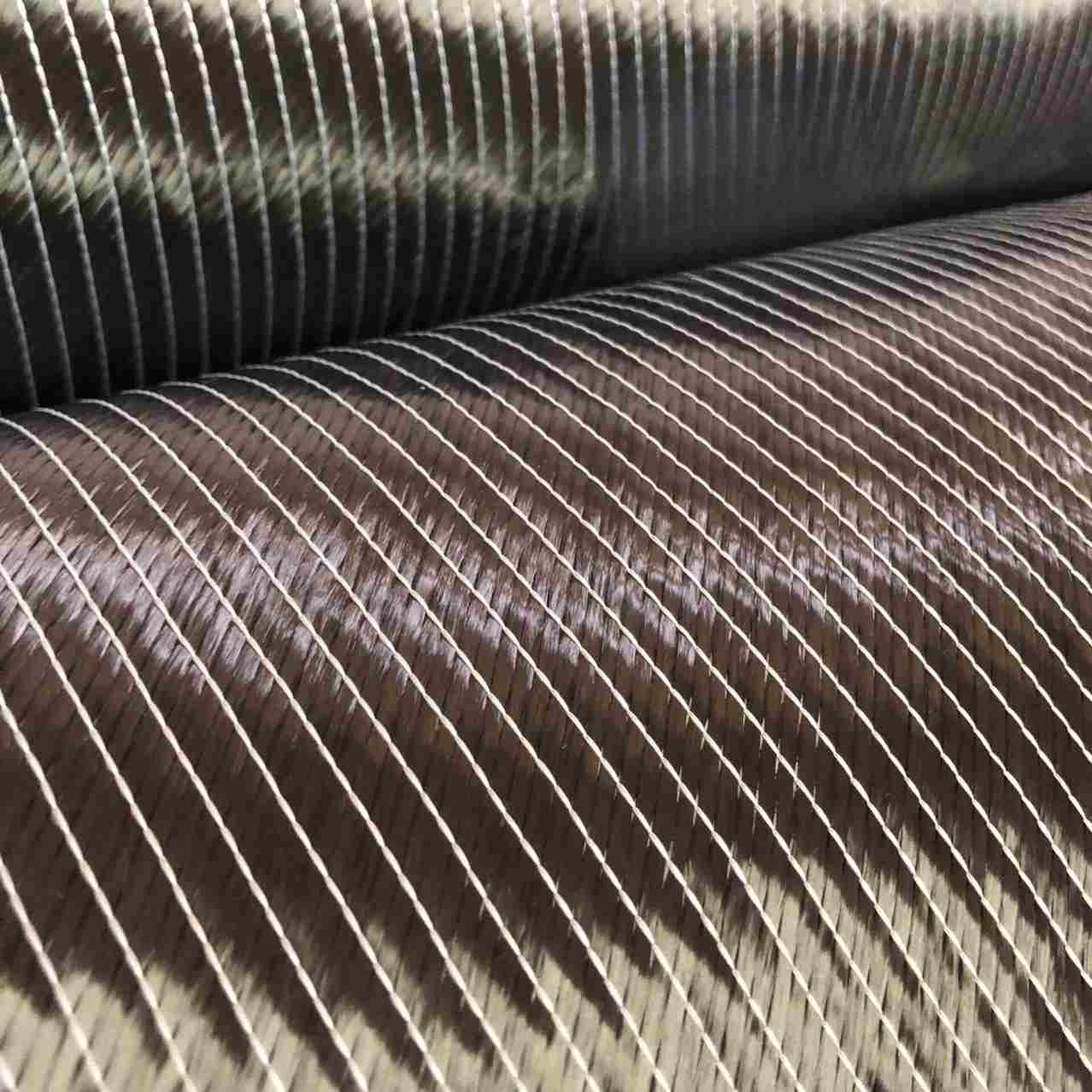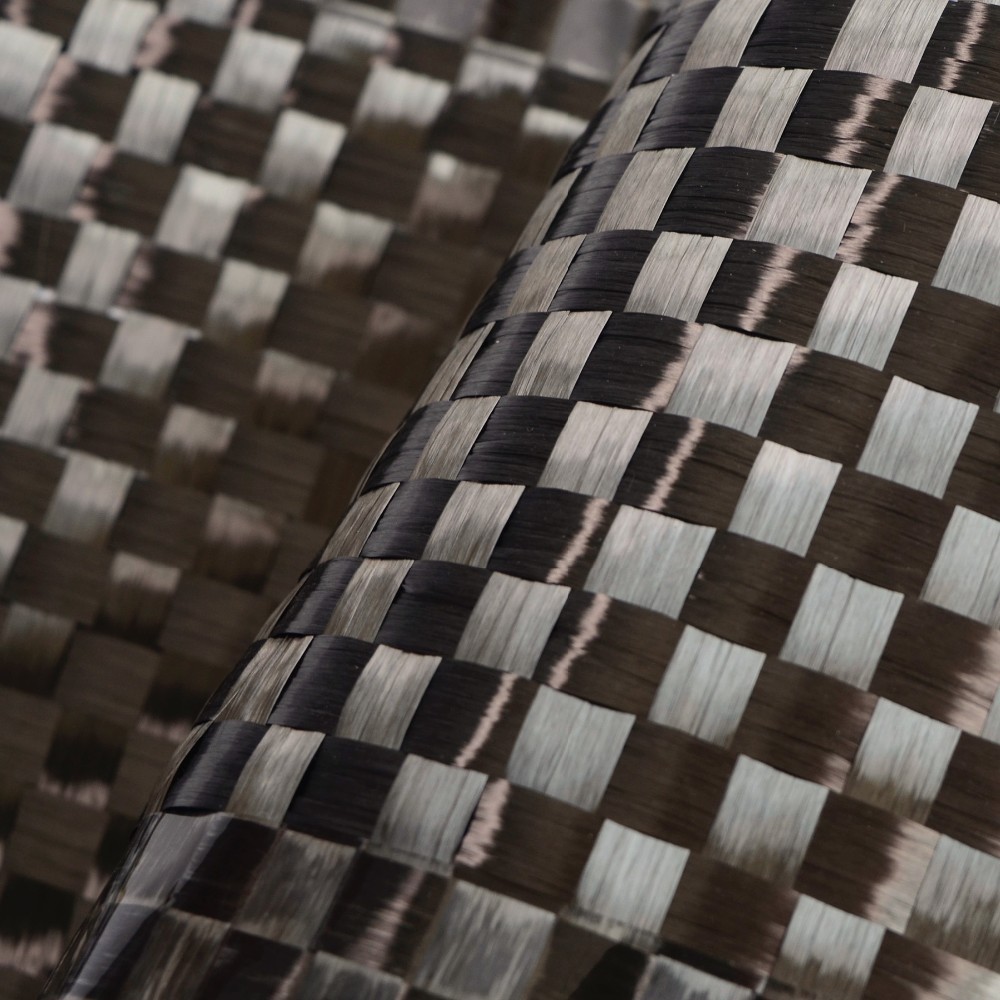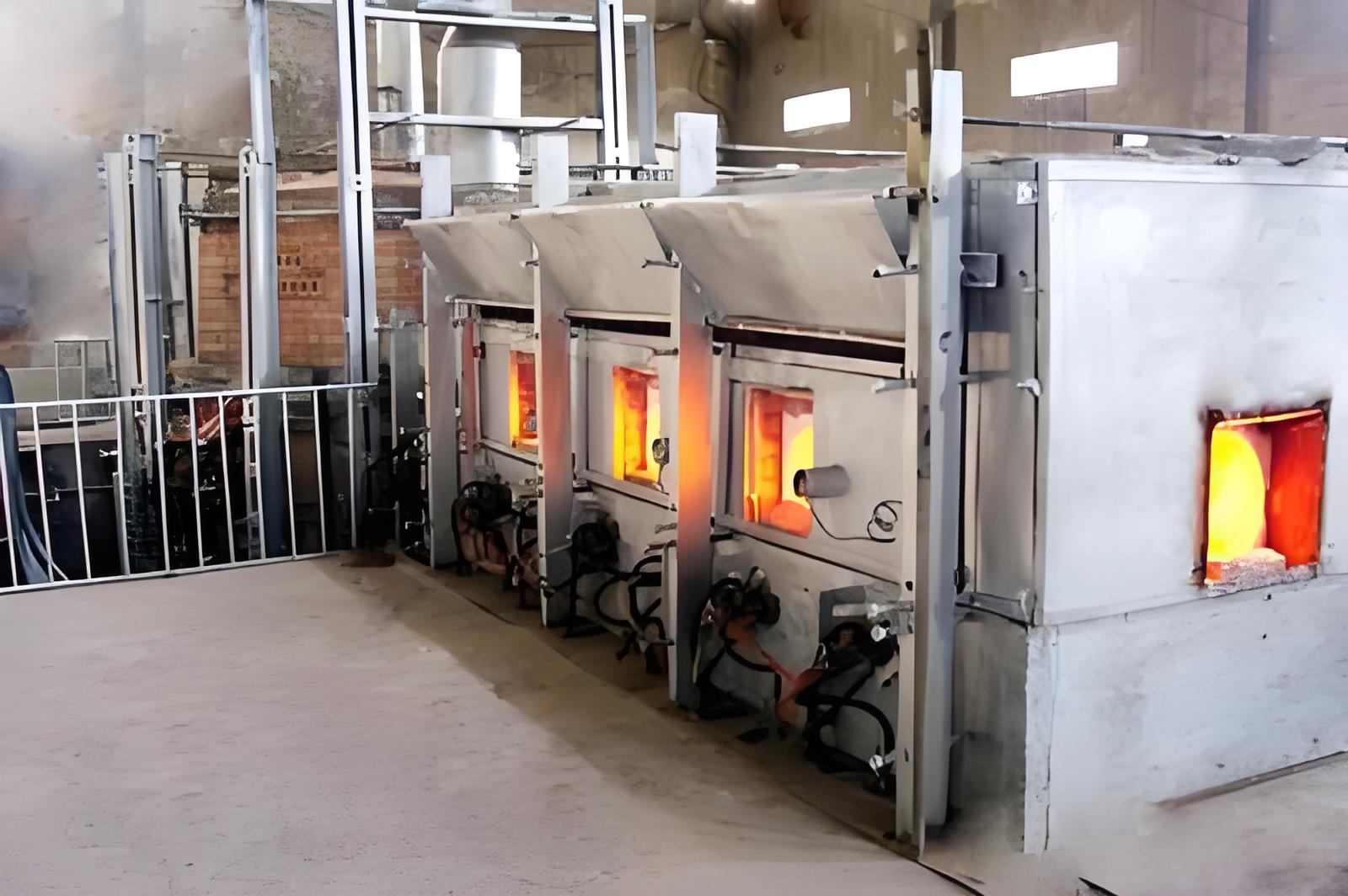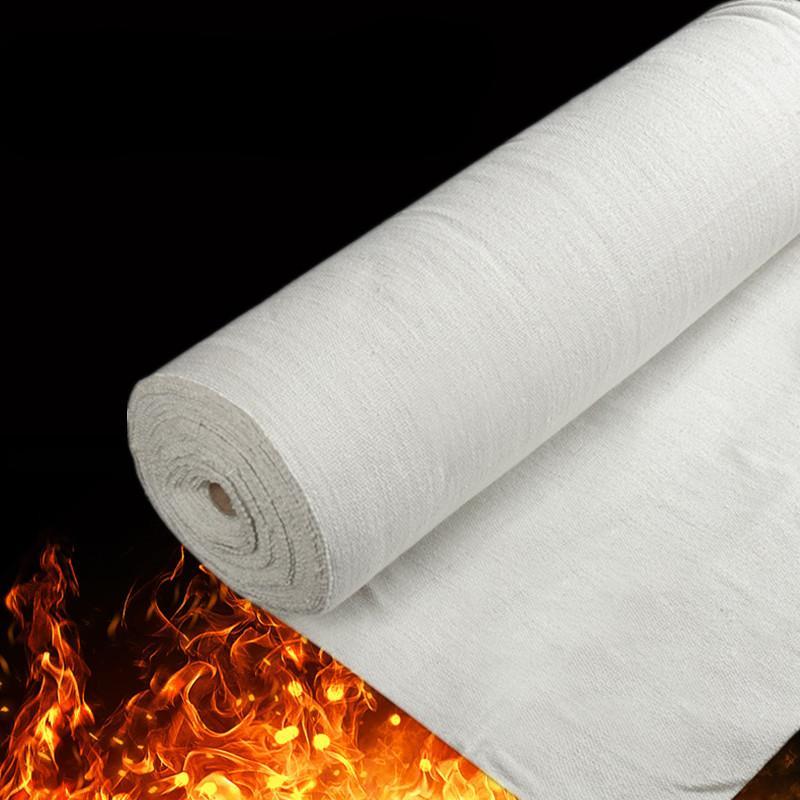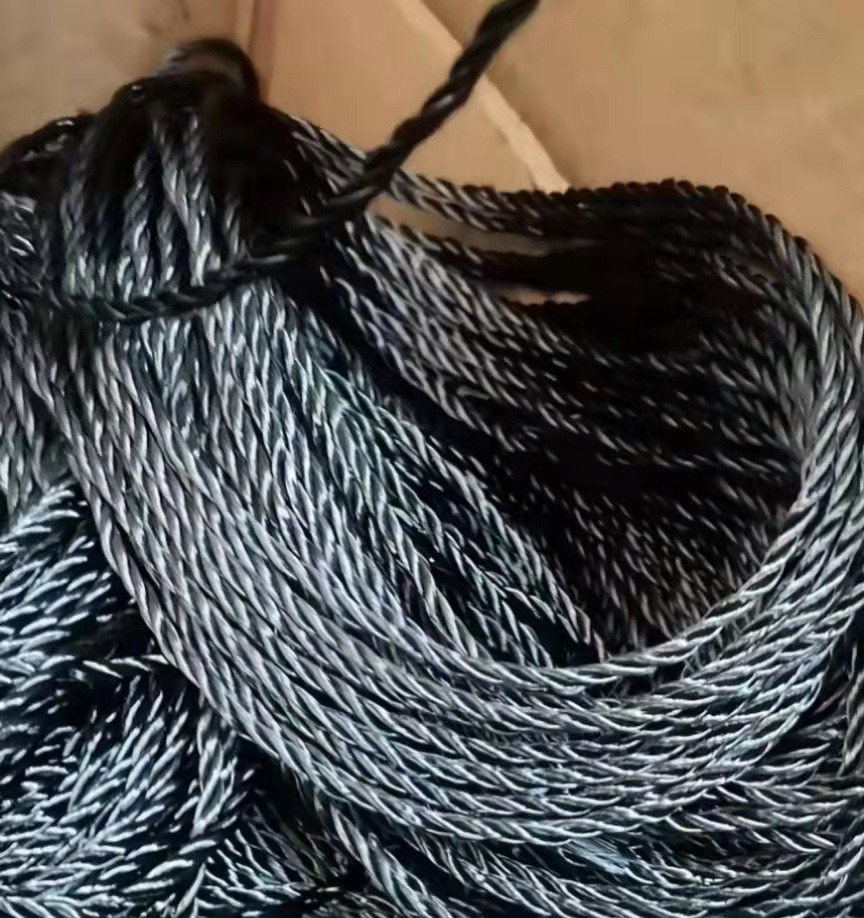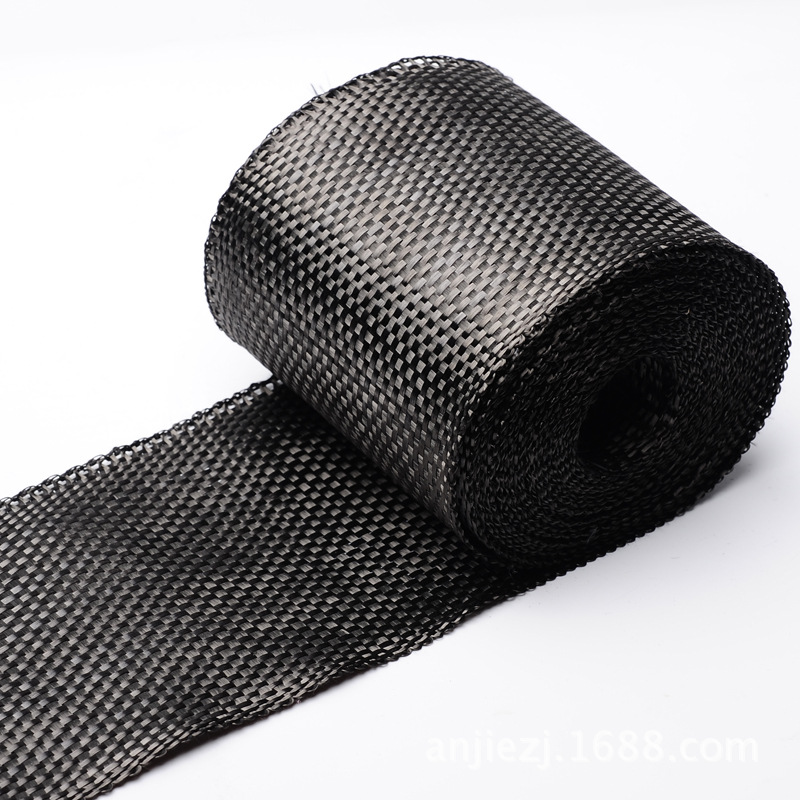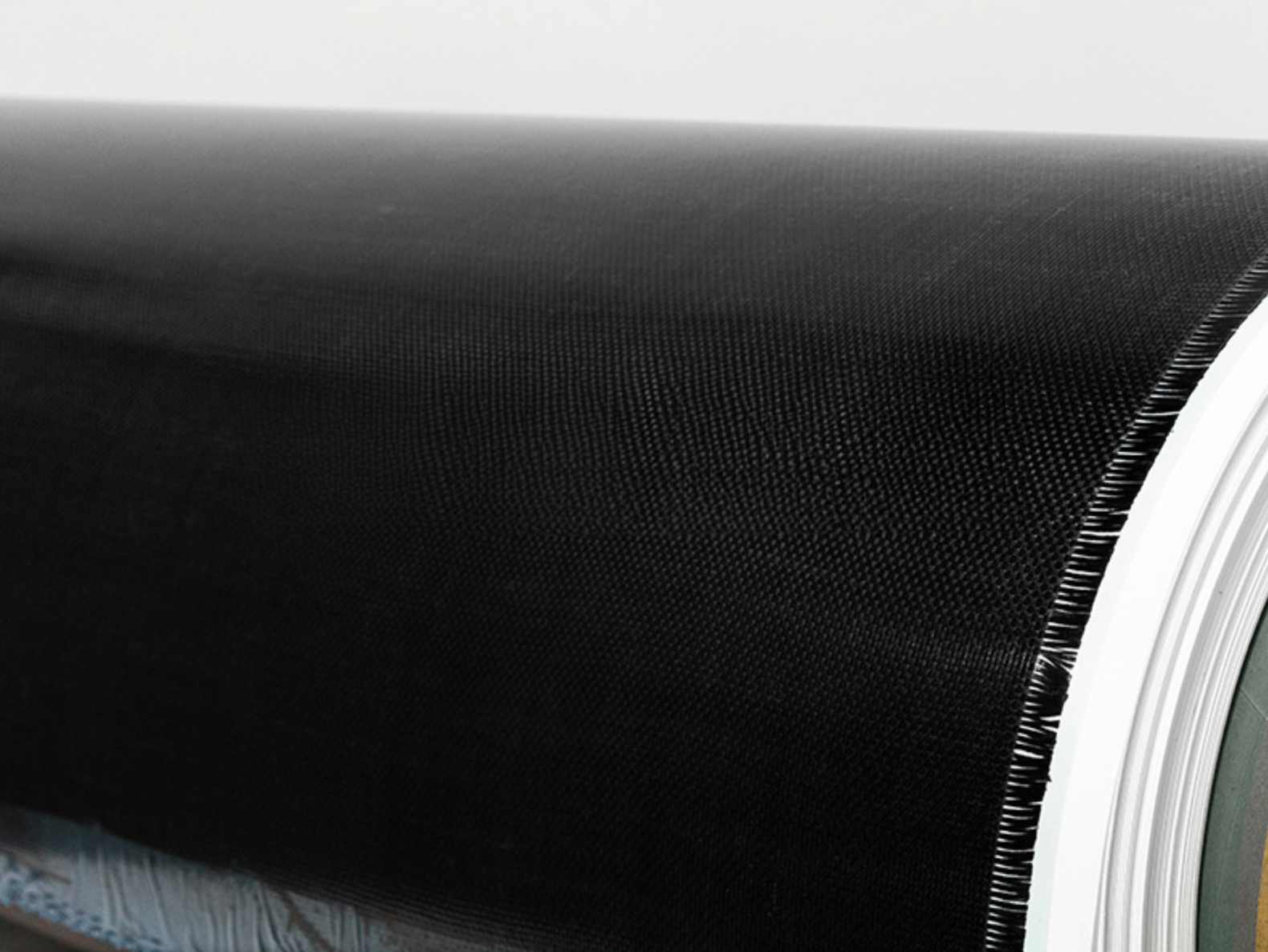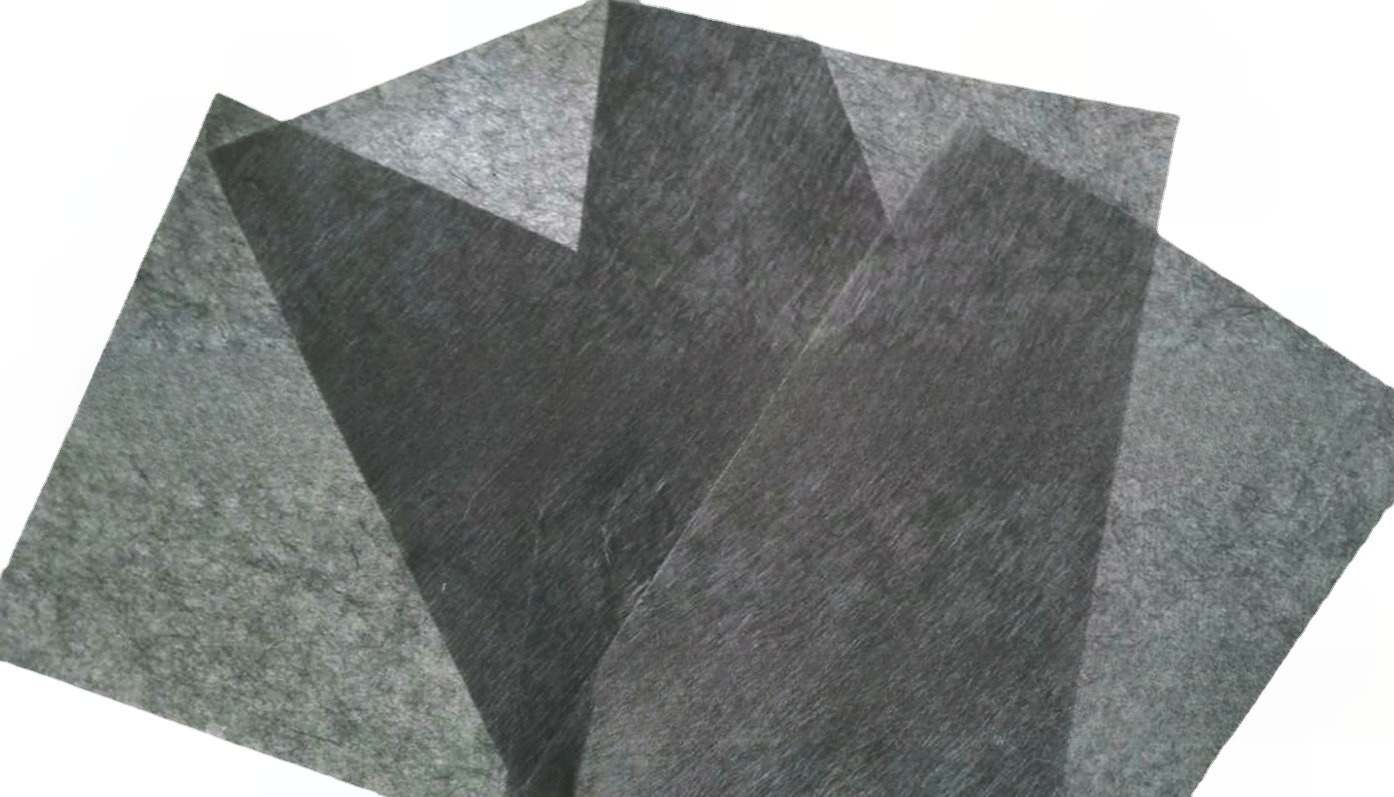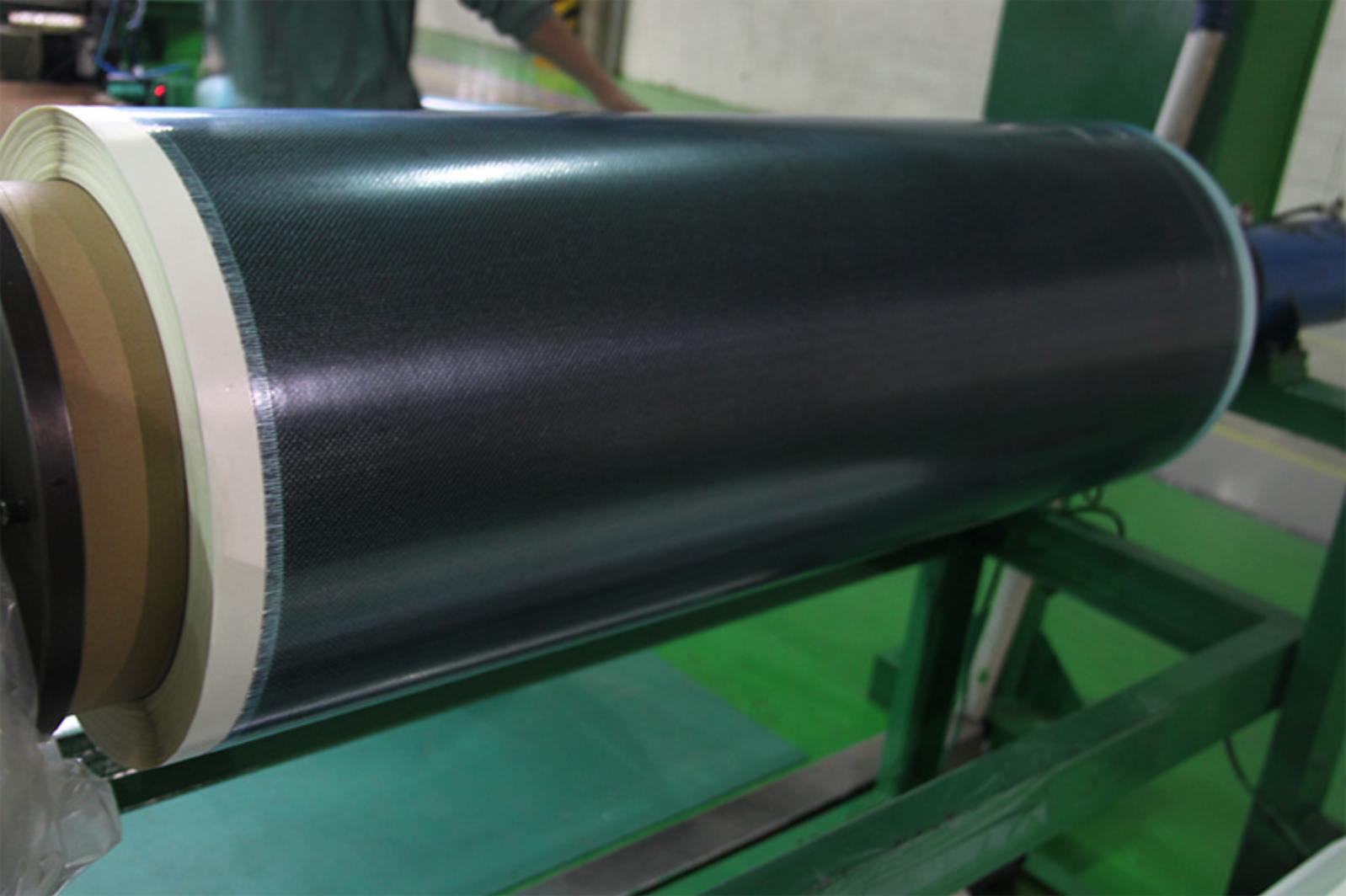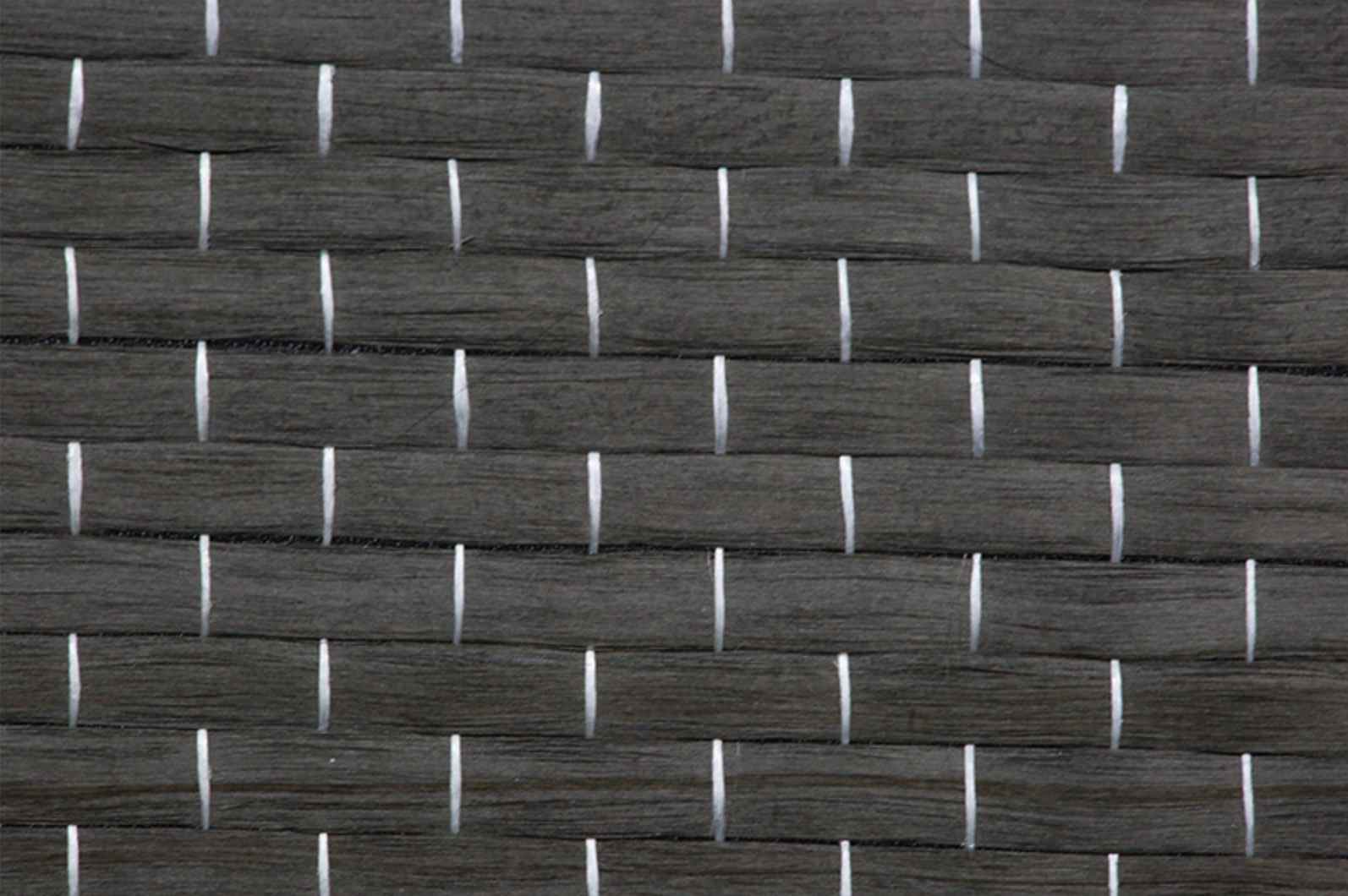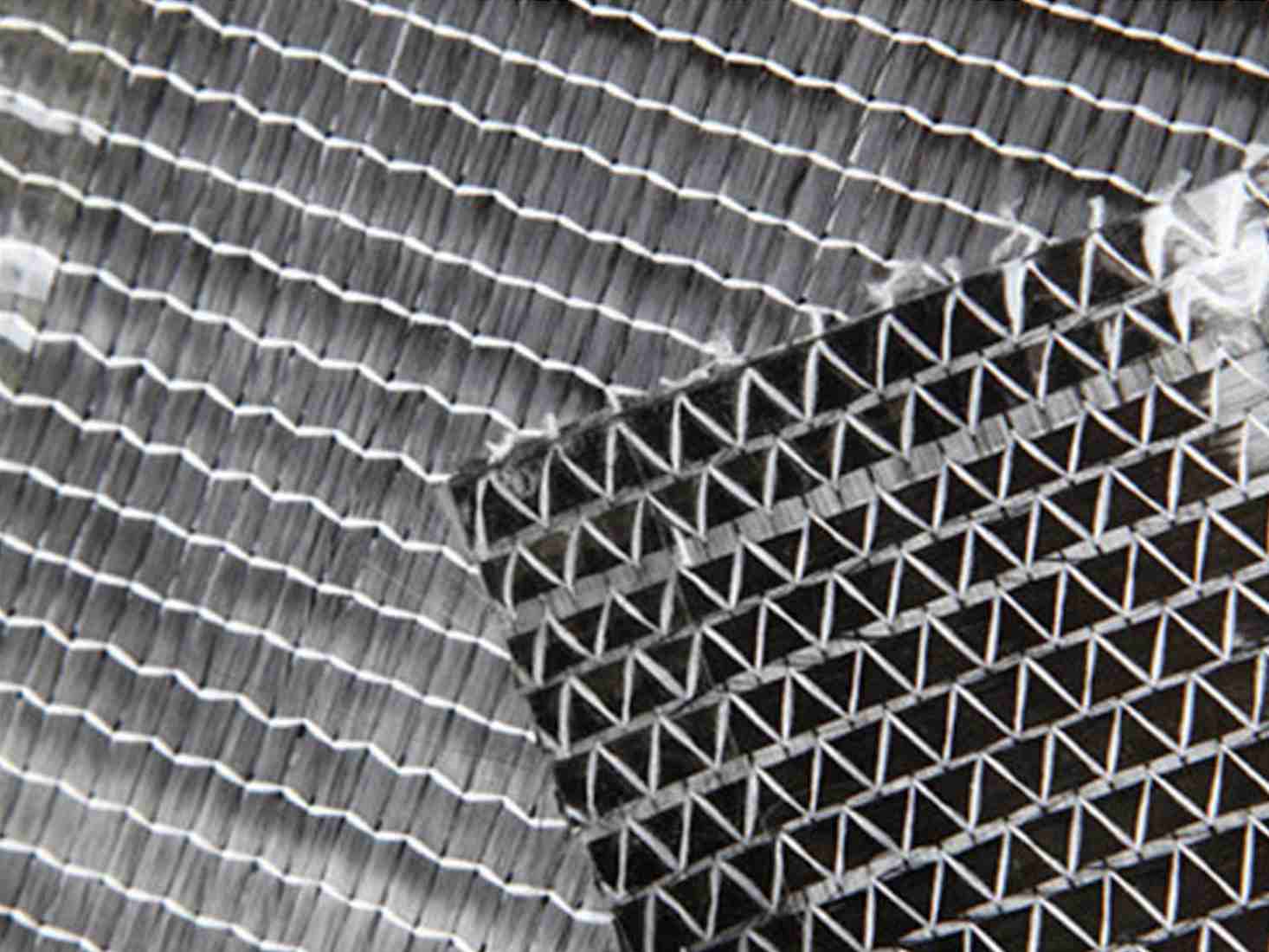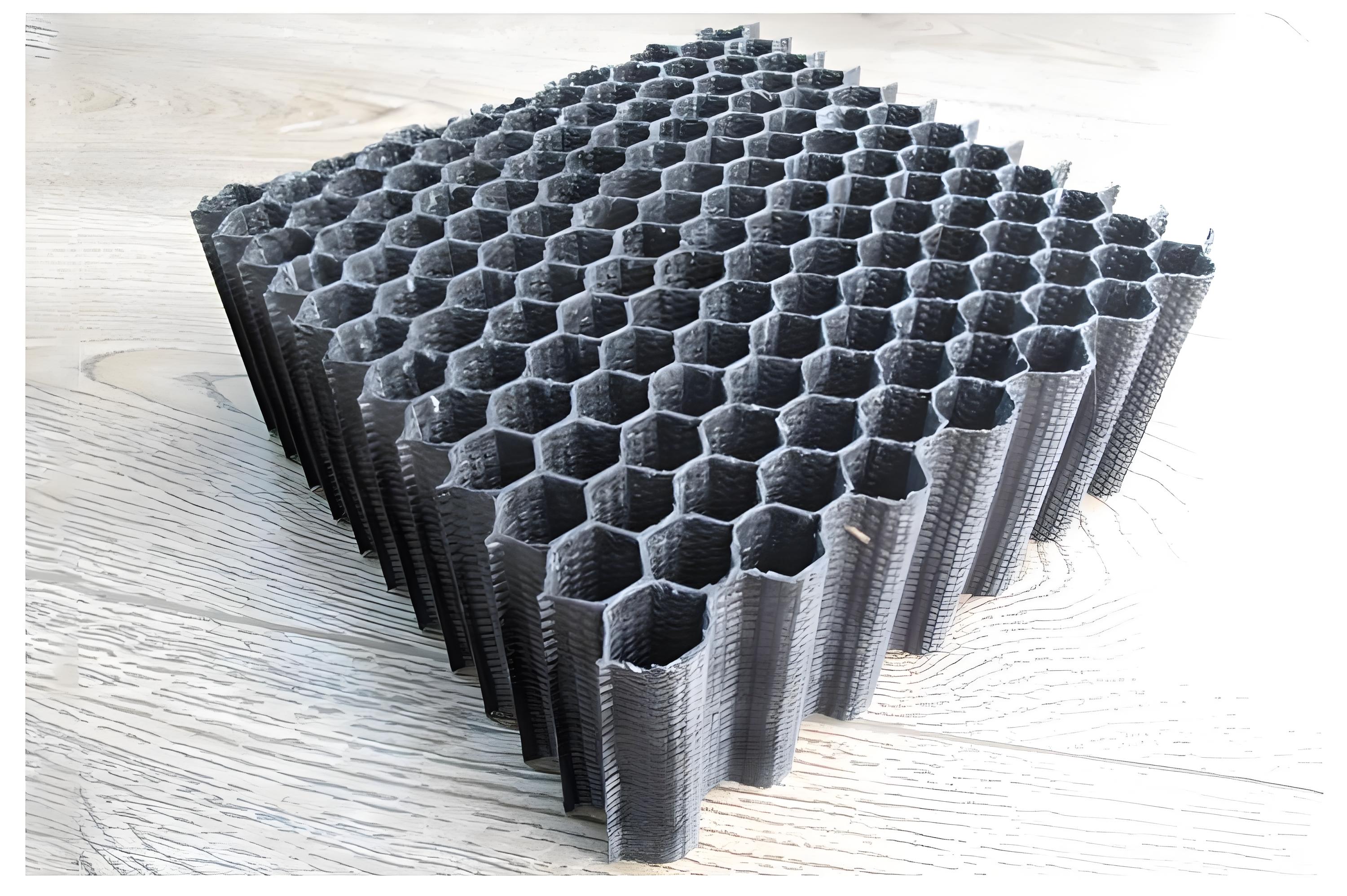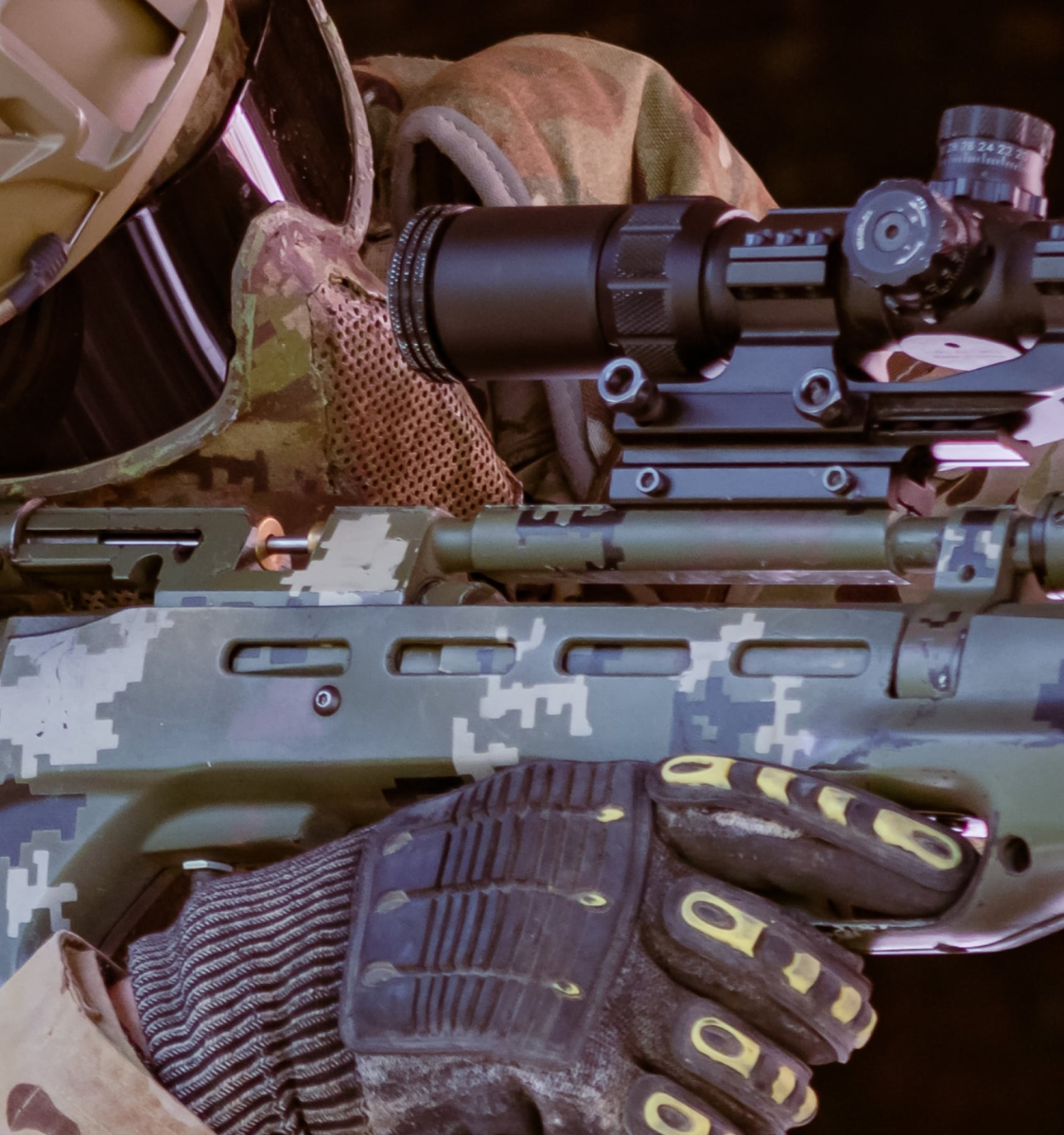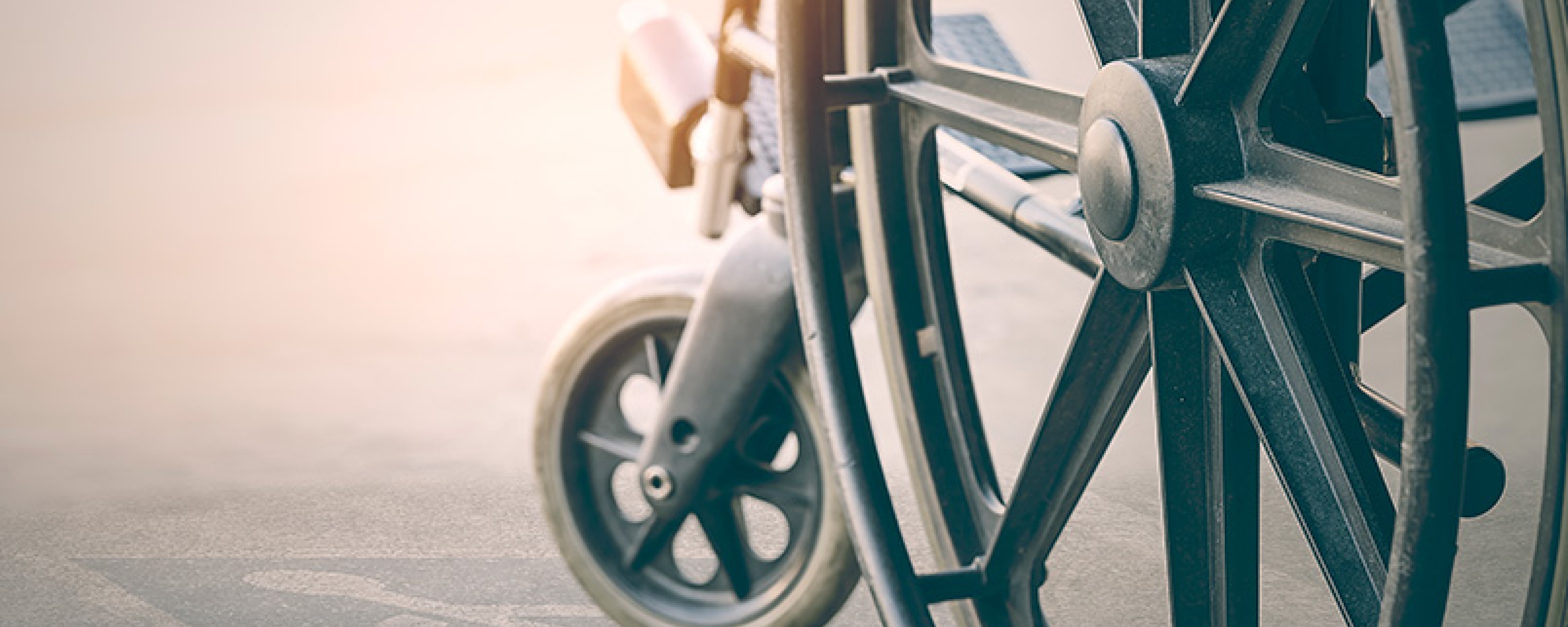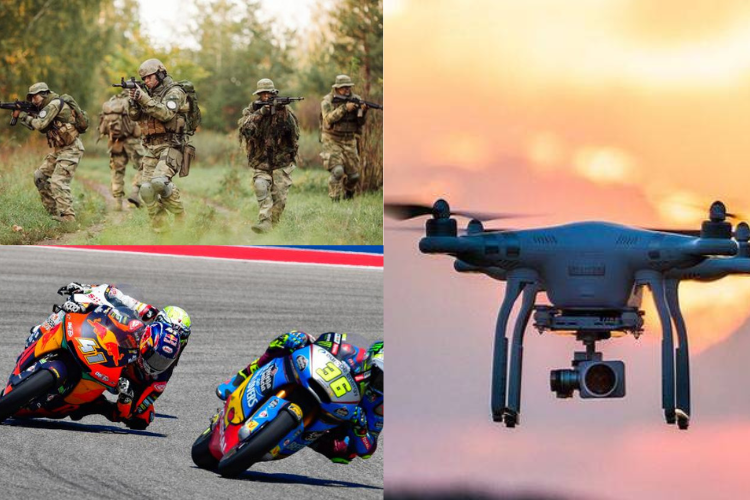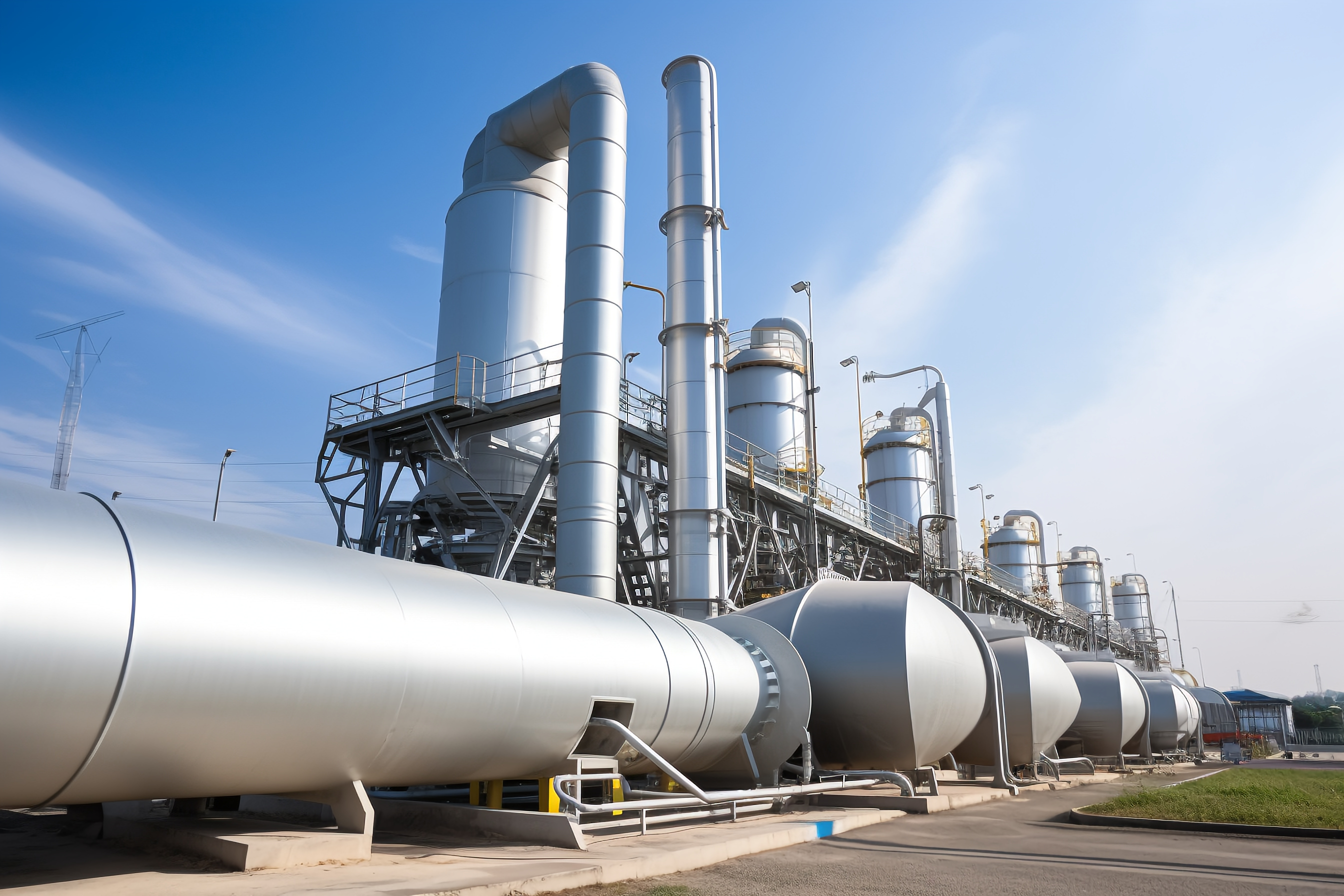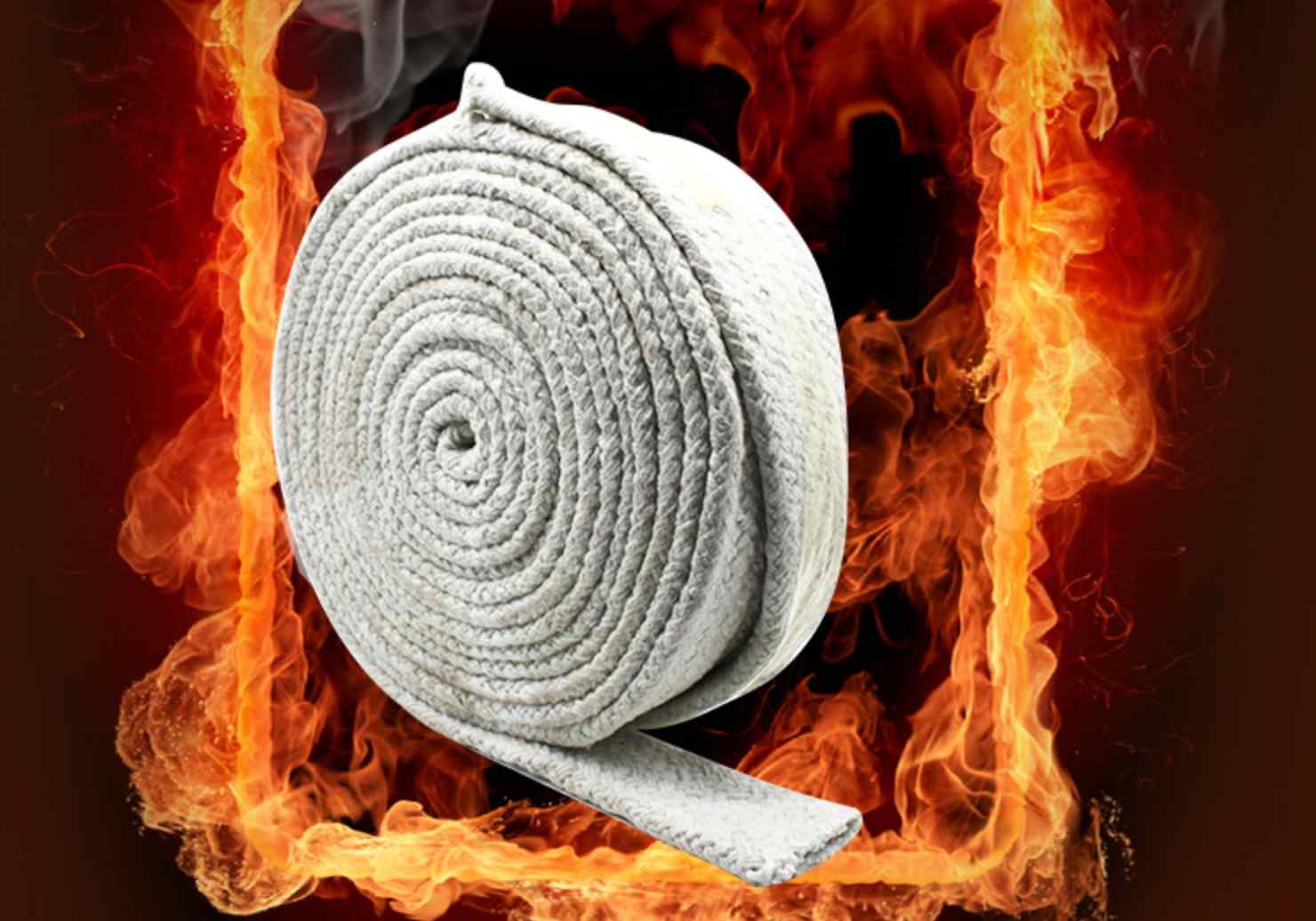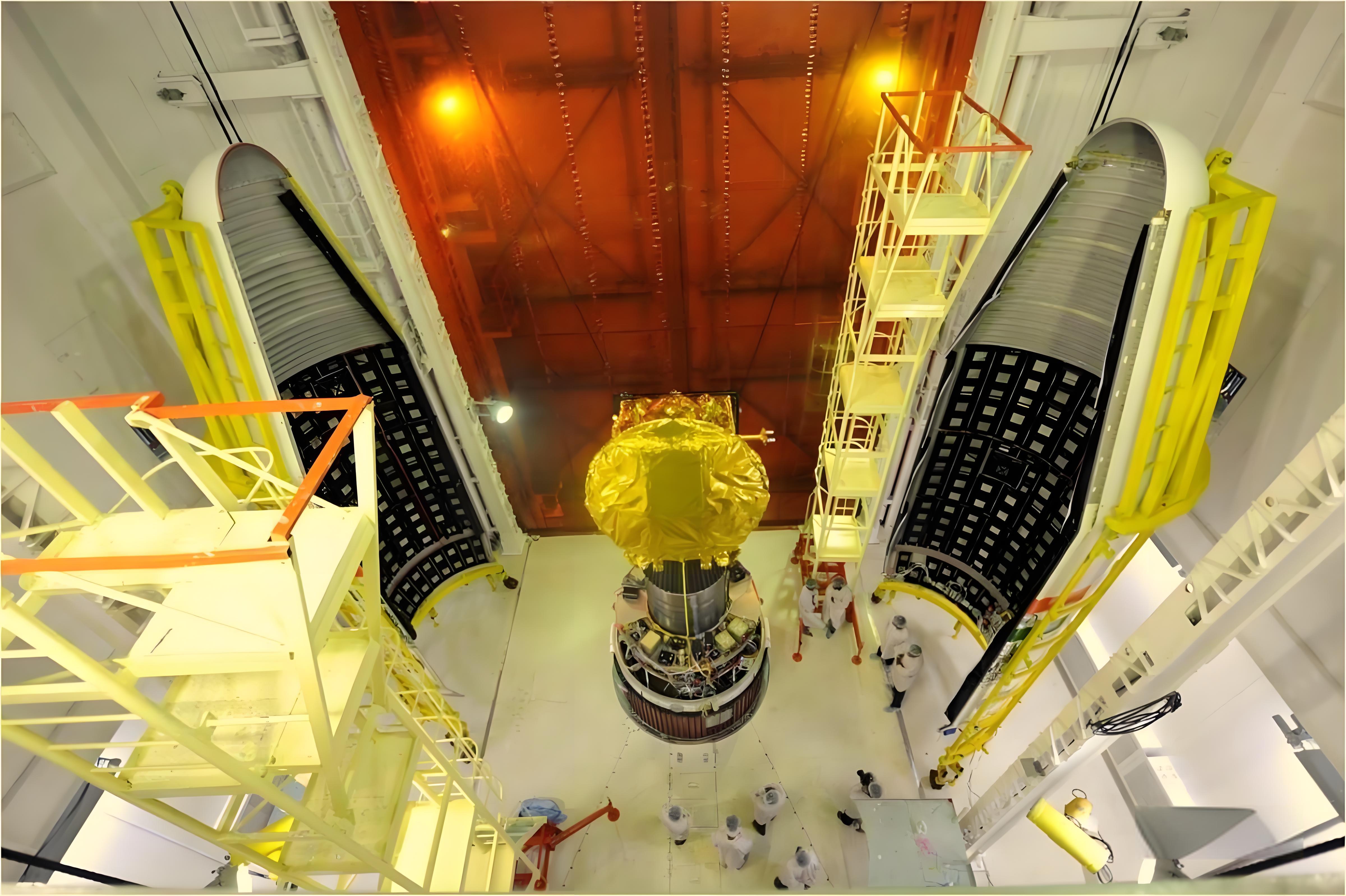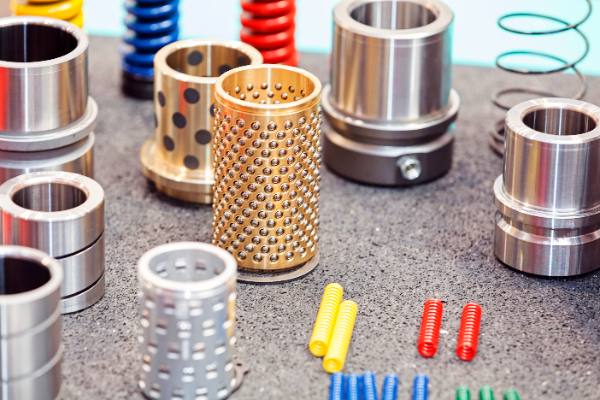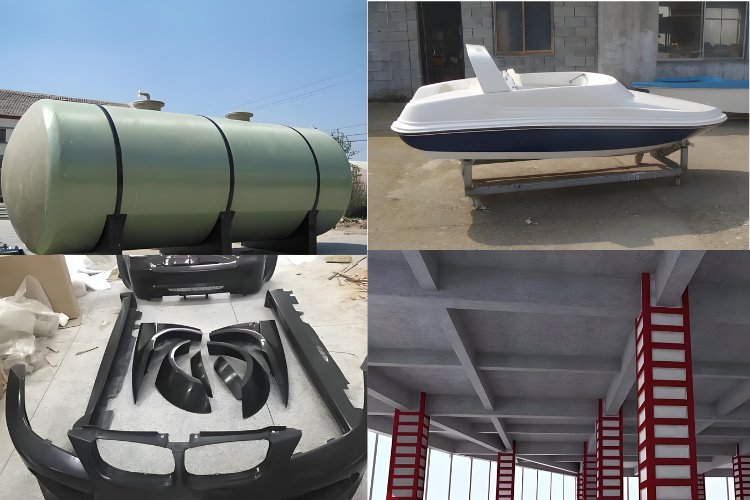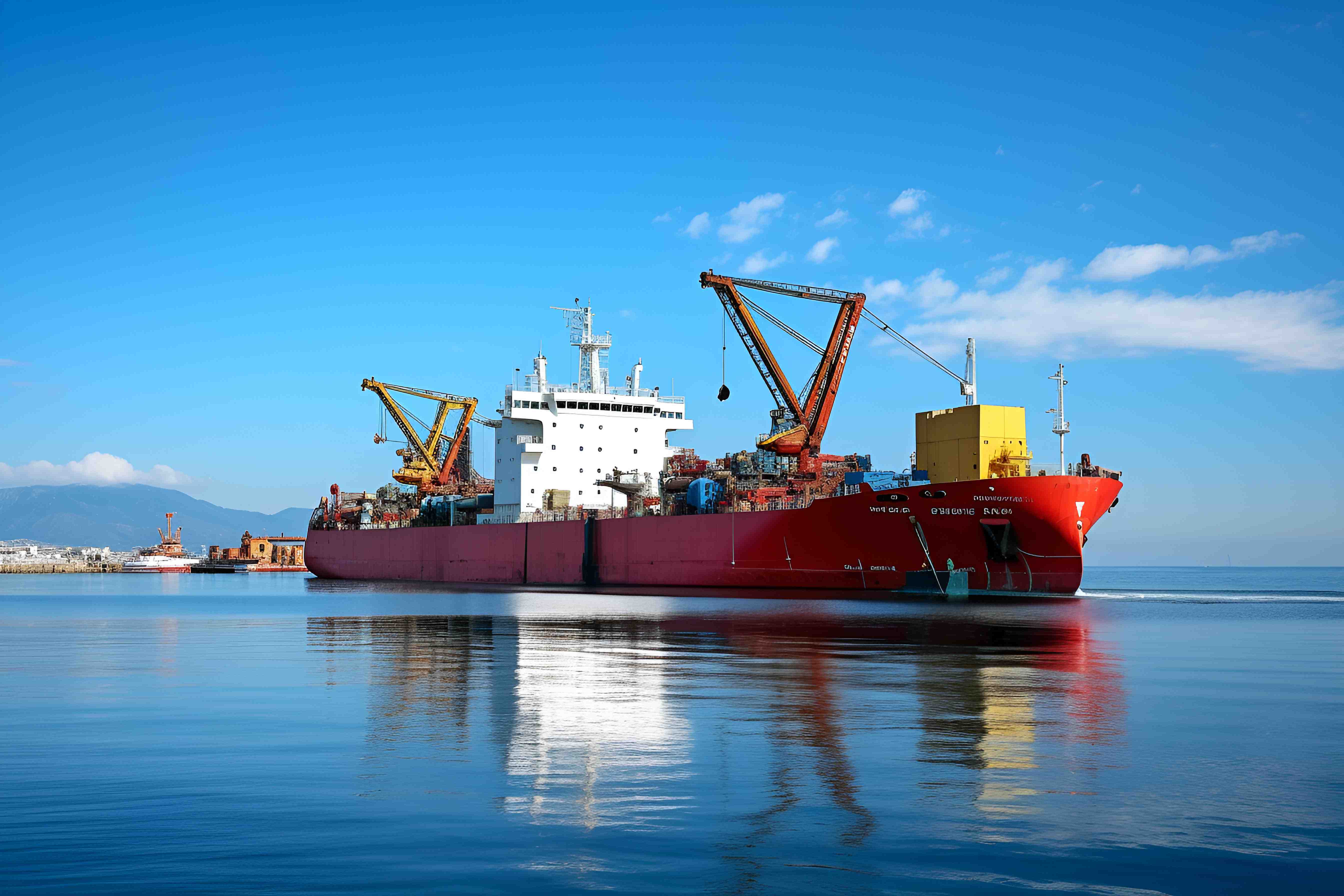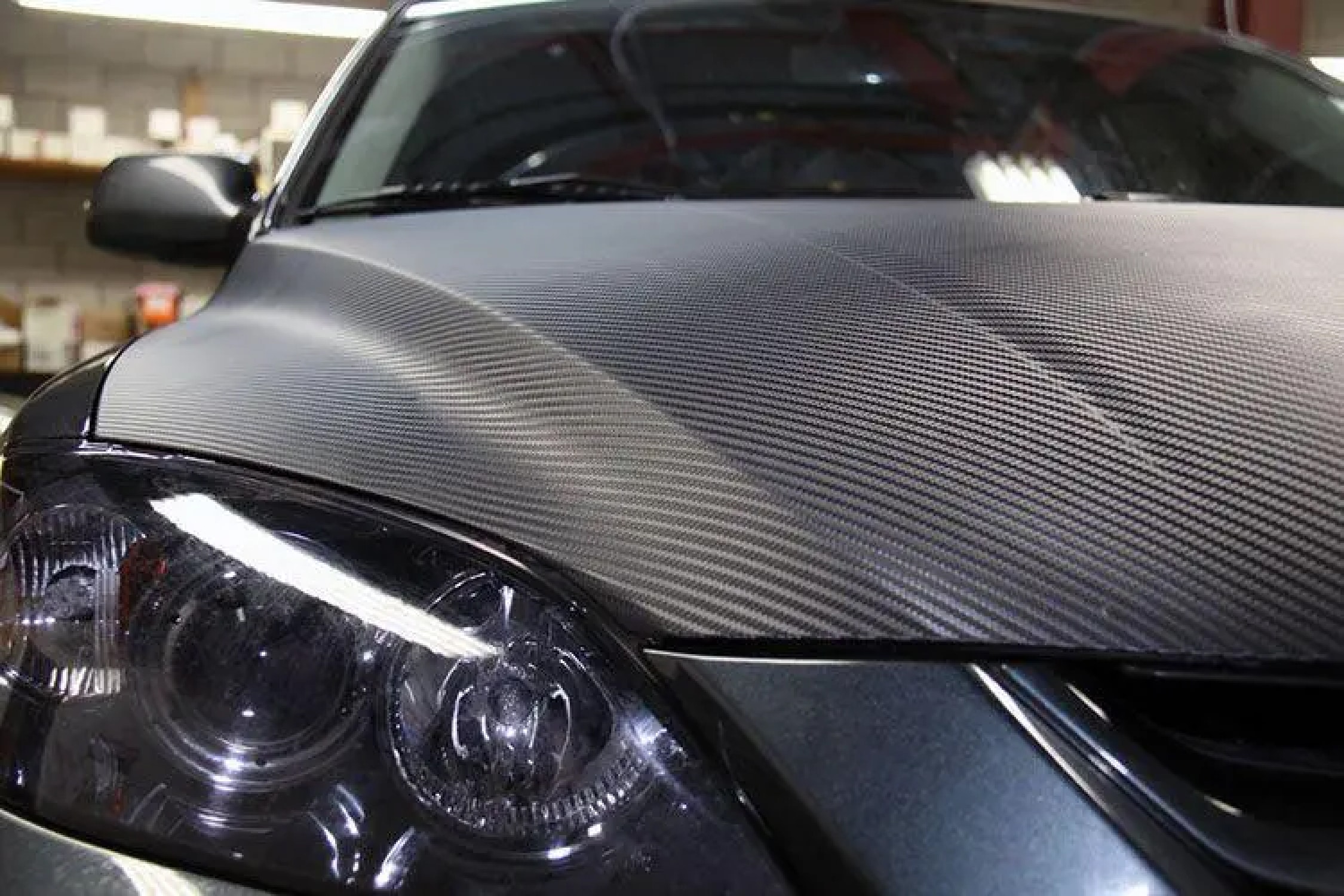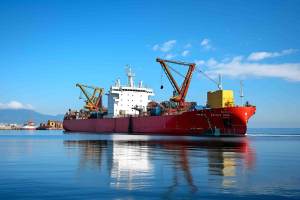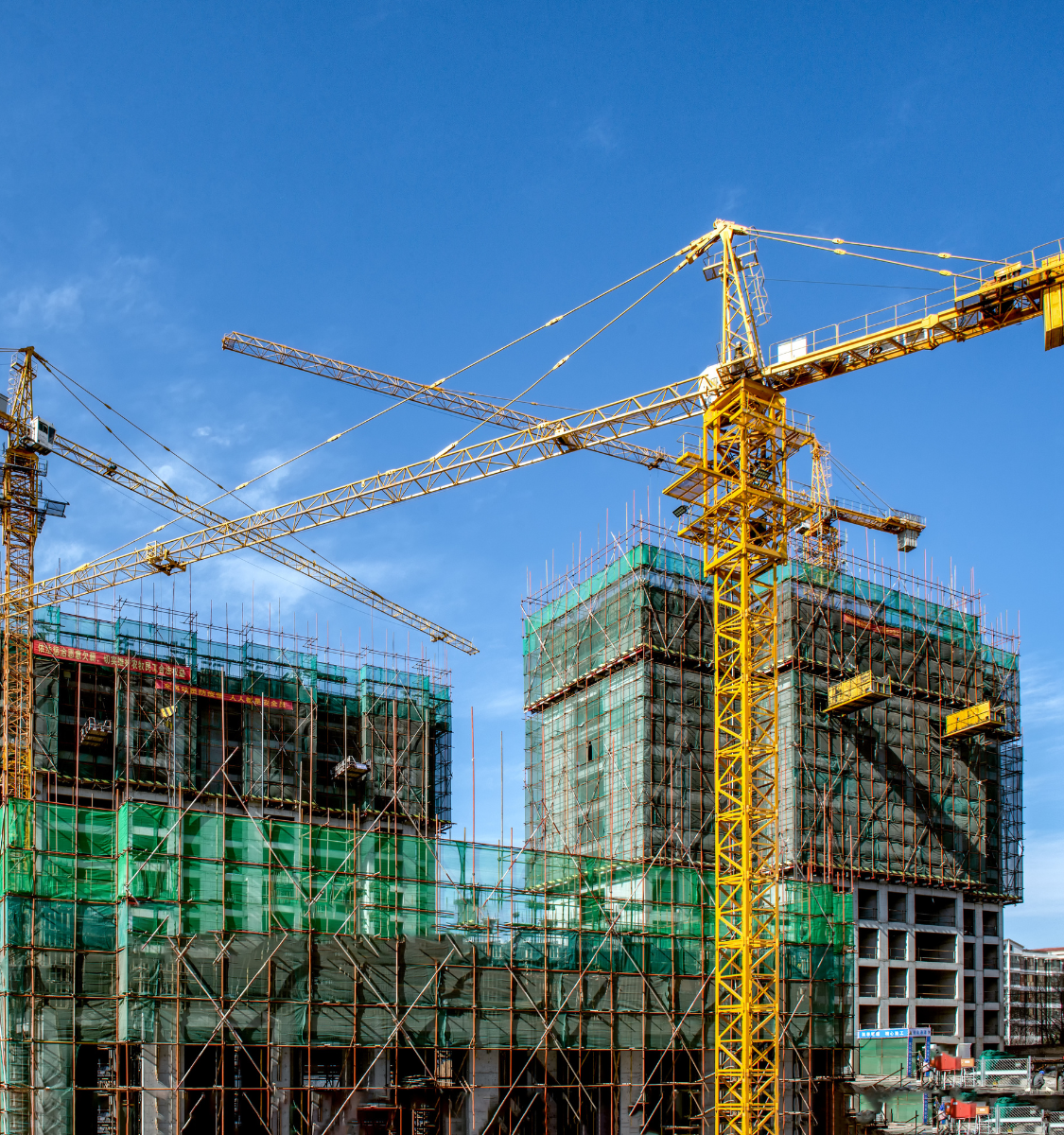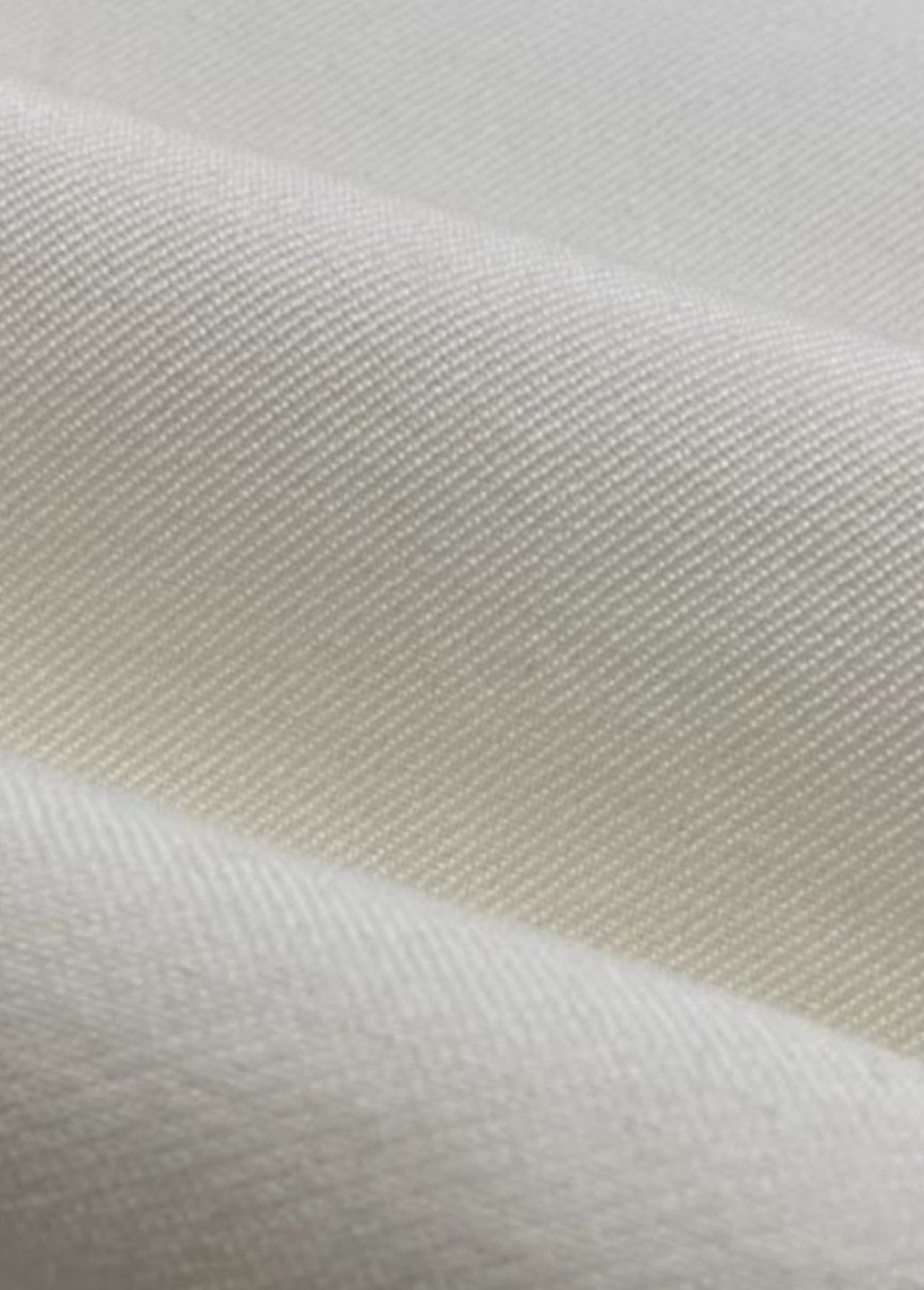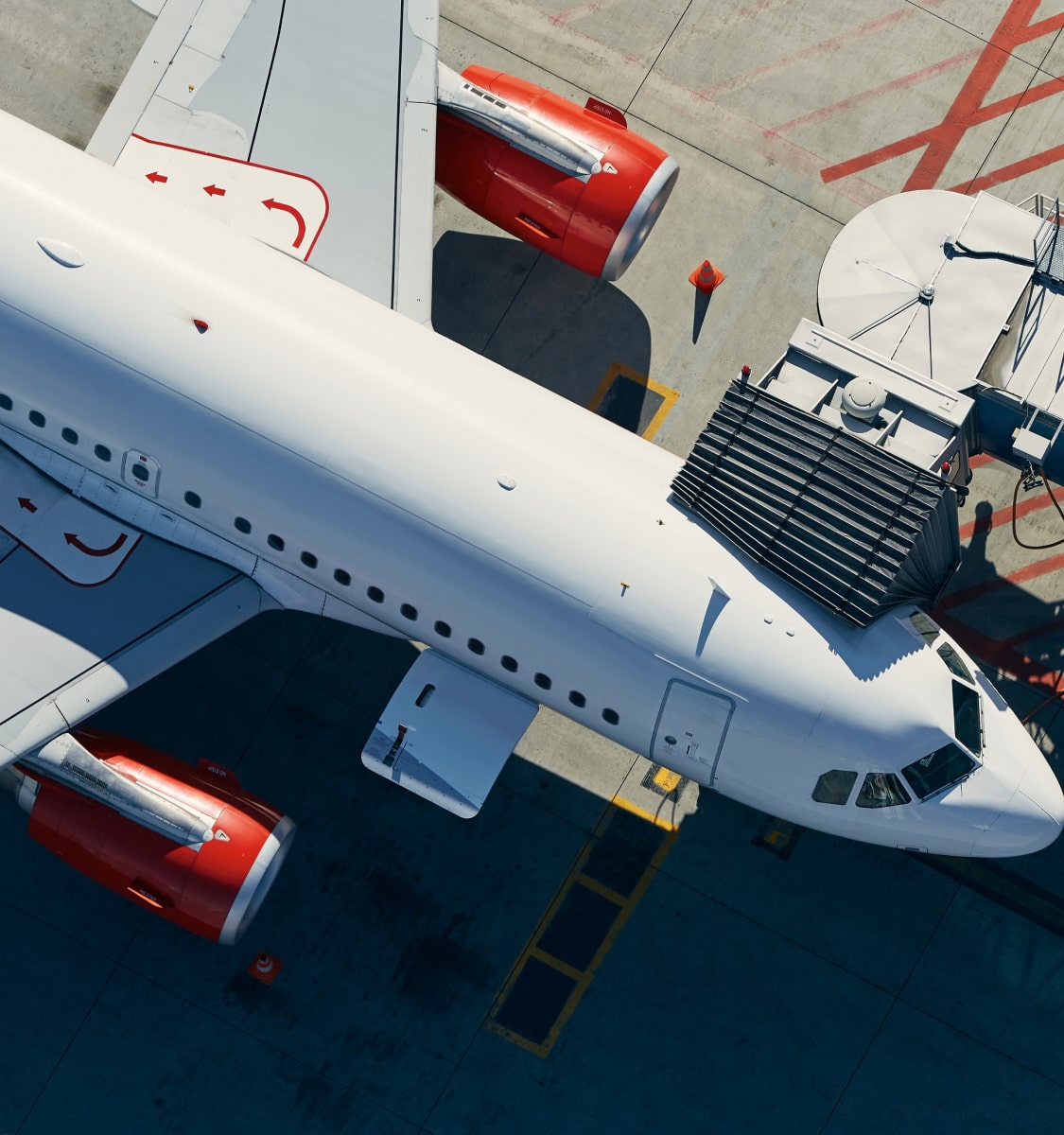+86-13732282311
merlin@xcellentcomposites.com
Let the world benefit from composite materials!
What are carbon fiber reinforcement and carbon fiber reinforced composites?
Discover the transformative power of carbon fiber reinforcement and carbon fiber reinforced composites. Learn about their applications, benefits, and impact on industries ranging from aerospace to automotive.
The advancement of material science has revolutionized industries, offering innovative solutions that enhance performance, sustainability, and efficiency. Among these advancements, carbon fiber reinforcement and carbon fiber reinforced composites stand out as game-changing technologies. These materials have become integral in various high-performance applications due to their exceptional strength-to-weight ratio, durability, and versatility. From aerospace to automotive, the adoption of carbon fiber materials is reshaping how industries approach design and manufacturing.

Understanding Carbon Fiber Reinforcement
What is Carbon Fiber Reinforcement?
Carbon fiber reinforcement involves embedding carbon fibers into a matrix material, typically a polymer, to improve the material's mechanical properties. Carbon fibers are incredibly strong, lightweight, and stiff, making them ideal for reinforcing materials that need to withstand significant stress without adding excessive weight.
The fibers themselves are made from carbon atoms bonded together in a crystalline structure, which gives them their unique strength and rigidity. These fibers are typically woven into fabric-like sheets or formed into mats, which are then layered and bonded with a matrix material.
Properties of Carbon Fiber Reinforcement
The remarkable properties of carbon fiber reinforcement stem from its unique composition:
High Strength: Carbon fibers have a tensile strength of over 3,500 MPa, making them stronger than steel.
Lightweight: Carbon fiber is about five times lighter than steel, which significantly reduces the overall weight of reinforced materials.
High Stiffness: The modulus of elasticity of carbon fibers is around 230 GPa, contributing to the rigidity and stiffness of reinforced materials.
Corrosion Resistance: Unlike metals, carbon fibers do not corrode, which enhances the longevity of the materials they reinforce.
Thermal Stability: Carbon fibers maintain their properties across a wide temperature range, making them suitable for high-temperature applications.

Applications of Carbon Fiber Reinforcement
Carbon fiber reinforcement is used in various industries due to its superior properties. Some key applications include:
Aerospace: Carbon fiber reinforcement is widely used in the aerospace industry for manufacturing aircraft components, such as wings, fuselage sections, and tail assemblies. The lightweight and strong nature of carbon fibers contribute to fuel efficiency and improved aircraft performance.
Automotive: In the automotive sector, carbon fiber reinforcement is employed to produce lightweight yet strong vehicle components. This not only enhances fuel efficiency but also improves safety and handling.
Sports Equipment: High-performance sports equipment, such as bicycles, tennis rackets, and golf clubs, often incorporate carbon fiber reinforcement to achieve a balance between strength and weight.
Construction: In the construction industry, carbon fiber reinforcement is used to strengthen concrete structures, bridges, and buildings, extending their lifespan and enhancing their resilience to environmental stressors.
Carbon Fiber Reinforced Composites: A Deeper Dive
What Are Carbon Fiber Reinforced Composites?
Carbon fiber reinforced composites (CFRPs) are materials made by combining carbon fiber reinforcement with a polymer matrix, typically epoxy or thermoplastic. The carbon fibers provide the composite with strength and stiffness, while the matrix binds the fibers together, transferring loads between them and protecting them from environmental damage.
These composites are engineered to meet specific performance requirements, making them ideal for a wide range of applications. The versatility of CFRPs lies in their ability to be tailored to meet the needs of various industries, from aerospace and automotive to sports and construction.
Advantages of Carbon Fiber Reinforced Composites
The integration of carbon fibers into composite materials offers numerous advantages:
Enhanced Strength-to-Weight Ratio: CFRPs provide exceptional strength while remaining lightweight, making them ideal for applications where weight reduction is crucial.
Durability: CFRPs exhibit high resistance to fatigue and environmental factors, ensuring long-lasting performance in demanding conditions.
Design Flexibility: CFRPs can be molded into complex shapes and structures, allowing for innovative and optimized designs.
Thermal and Chemical Resistance: The polymer matrix in CFRPs enhances their resistance to extreme temperatures and chemical exposure, expanding their application range.
Manufacturing Processes of Carbon Fiber Reinforced Composites
Producing carbon fiber reinforced composites involves several manufacturing processes, each tailored to specific applications and performance requirements:
Lay-Up Process: The lay-up process involves manually layering carbon fiber sheets impregnated with resin onto a mold. Each layer is carefully positioned to align the fibers in the desired direction, maximizing the composite's strength and stiffness. The lay-up is then cured in an autoclave or oven to harden the resin and form the final composite structure.
Filament Winding: In this process, continuous carbon fiber strands are wound onto a rotating mandrel in precise patterns. The fibers are coated with resin during winding, and the composite is cured to create cylindrical or tubular components, such as pressure vessels and pipes.
Pultrusion: Pultrusion is a continuous manufacturing process where carbon fibers are pulled through a resin bath and then shaped and cured in a heated die. This method is used to produce long, constant cross-section components, such as rods, beams, and channels.
Resin Transfer Molding (RTM): RTM is a closed-mold process where carbon fiber preforms are placed into a mold, and resin is injected under pressure. The mold is then heated to cure the composite, creating complex, high-strength parts with excellent surface finishes.
Applications of Carbon Fiber Reinforced Composites
The applications of carbon fiber reinforced composites span multiple industries, thanks to their unique combination of strength, durability, and lightweight properties:
Aerospace: CFRPs are extensively used in the aerospace industry for aircraft structures, such as wings, fuselages, and tail sections. The lightweight nature of CFRPs contributes to fuel efficiency and reduced emissions, making them essential for modern aircraft design.
Automotive: In the automotive sector, CFRPs are employed to manufacture lightweight body panels, chassis components, and interior parts. The use of CFRPs enhances vehicle performance, fuel efficiency, and safety.
Marine: CFRPs are used in the marine industry to construct lightweight, corrosion-resistant hulls, masts, and other components for boats and yachts. These materials offer improved speed, stability, and durability in marine environments.
Sports Equipment: High-performance sports equipment, such as racing bicycles, tennis rackets, and hockey sticks, often utilize CFRPs for their superior strength, stiffness, and reduced weight.
Renewable Energy: CFRPs are used in wind turbine blades due to their high strength-to-weight ratio and resistance to fatigue, enabling the construction of longer, more efficient blades.
Medical Devices: The medical industry uses CFRPs in imaging equipment, prosthetics, and orthotic devices due to their biocompatibility, radiolucency, and strength.
Environmental Impact and Sustainability of Carbon Fiber Composites
Sustainability Considerations
As the world moves towards more sustainable practices, the environmental impact of materials like carbon fiber reinforced composites has come under scrutiny. While the production of carbon fibers requires significant energy, the overall environmental benefits of CFRPs often outweigh the initial costs:
Fuel Efficiency: The use of lightweight CFRPs in transportation, particularly in aerospace and automotive industries, leads to substantial fuel savings and reduced greenhouse gas emissions over the lifespan of the vehicles.
Longevity: The durability and corrosion resistance of CFRPs reduce the need for frequent replacements, decreasing material waste and resource consumption.
Recycling and Reuse: Advances in recycling technologies are enabling the recovery and reuse of carbon fibers from end-of-life composites, reducing the environmental impact of disposal.
Challenges and Future Directions
Despite their advantages, carbon fiber reinforcement and carbon fiber reinforced composites face challenges that must be addressed to maximize their potential:
Cost: The high cost of carbon fibers and composite manufacturing processes remains a barrier to widespread adoption. Research is ongoing to develop more cost-effective production methods, such as low-cost precursors and automated manufacturing techniques.
Recycling: Although progress has been made in recycling carbon fiber composites, the process remains complex and costly. Developing more efficient recycling methods will be crucial for the sustainable use of CFRPs.
Scalability: The scalability of CFRP manufacturing processes is another challenge, particularly for large-scale applications. Innovations in automation and high-throughput production techniques are needed to overcome this limitation.
The Future of Carbon Fiber Reinforced Composites
The future of carbon fiber reinforcement and carbon fiber reinforced composites looks promising, with ongoing research and development paving the way for new applications and improved performance. Key areas of focus include:
Advanced Manufacturing Techniques: The development of additive manufacturing (3D printing) for CFRPs is opening up new possibilities for complex, customized parts with reduced waste and production time.
Multifunctional Composites: Researchers are exploring ways to incorporate additional functionalities into CFRPs, such as electrical conductivity, self-healing properties, and sensors, to create smart materials with enhanced performance.
Sustainability Innovations: Continued efforts to reduce the environmental impact of carbon fiber production and improve recycling processes will make CFRPs a more sustainable choice for various industries.
Conclusion
Carbon fiber reinforcement and carbon fiber reinforced composites represent a significant leap forward in material science, offering unmatched performance across various industries. As technology continues to evolve, the potential applications of these materials will expand, driving innovation and sustainability in sectors from aerospace to renewable energy. While challenges remain, the ongoing development of more cost-effective and environmentally friendly processes will ensure that CFRPs play a central role in the future of manufacturing and design.
Popular Composite Materials
Popular Composite Materials
Composites Knowledge Hub
Composites Knowledge Hub

